Comics have been a beloved medium of storytelling for decades, captivating readers with their vivid illustrations and engaging narratives. While we often admire the artwork and storytelling within comic books, we may not give much thought to the intricate process that brings these colorful tales to life. In this article, we will venture into the fascinating world of comic book printing, exploring the step-by-step journey from script to final product.
Scripting and Penciling
The comic book creation process begins with a script. Writers craft the story, determining the plot, dialogues, and pacing. Once the script is finalized, it is handed over to the artist, who transforms the words into visual art. This initial stage involves pencil sketches to lay out the panels, characters, and settings, bringing the story to life in its most primitive form.
Inking
After penciling, the artist moves on to inking. Inking is a crucial step in defining the comic’s artwork. Artists use fine-tipped pens, brushes, or digital tools to create clean, sharp lines. Comics inking adds depth and detail to the images and creates contrast, making the artwork more visually appealing.
Coloring
Coloring is where comics truly come to life. Colorists add vibrant hues to the inked artwork. This step requires a keen eye for detail and a deep understanding of color theory. Modern comics often employ digital coloring techniques, allowing for a wide array of colors and textures to be applied, enhancing the overall visual experience.
Lettering
The next step involves lettering, where text is added to the comic. Hand-lettering was once the standard, but today, most comics use computer fonts for consistency and readability. Letterers (members of a team of comic book creators responsible for drawing the comic book’s text) choose appropriate fonts and carefully place the text within the panels to ensure it complements the artwork and storytelling.
Prepress and Page Layout
With all the creative elements in place, the comic’s pages are assembled in their final order. Editors review the artwork, making sure it matches the script and that there are no errors. Page layout and design are finalized during this stage, ensuring that the comic flows smoothly from page to page.
Proofing
Once the comic’s layout is complete, it’s time for proofing. Proofreaders carefully go through the comic to catch any typos, grammatical errors, or inconsistencies in the art. Quality control is essential to ensure the final product is of the highest standard.
Printing
Printing is the penultimate step in bringing a comic to life. Comics are typically printed using a method called offset printing. Here’s how it works:
- Plates: First, the comic pages are transferred onto metal plates. Each plate represents one color (Cyan, Magenta, Yellow, and Key or black) and includes all the content to be printed in that color.
- Printing Press: These plates are loaded onto a printing press. As the paper runs through the press, each plate applies its color to the page. The four primary colors (CMYK) are layered to produce a wide range of colors and tones.
- Paper Selection: The choice of paper is crucial to the comic’s look and feel. Glossy paper enhances color vibrancy, while matte paper provides a softer, classic look.
- Cutting and Binding: After printing, the comic is cut to its final size and then bound together. Depending on the comic’s format, it may be stapled, perfect-bound (like a novel), or sewn for larger volumes.
Distribution
Once printed and bound, the comics are ready for distribution. They are packed into boxes and shipped to comic book stores, conventions, or directly to subscribers. Some comics are also distributed digitally, allowing readers to enjoy their favorite titles on electronic devices.
In conclusion, the journey from script to printed comic is a labor-intensive process that involves collaboration between writers, artists, colorists, letterers, and printers. The quality of the printing and the choice of paper can significantly impact the reader’s experience, making it an essential part of the comic book industry.. The next time you pick up a comic book, take a moment to appreciate the meticulous steps involved in bringing those captivating stories and images to your hands. Comics are not just tales on paper, they are the result of a fascinating and intricate process that combines storytelling with visual art.

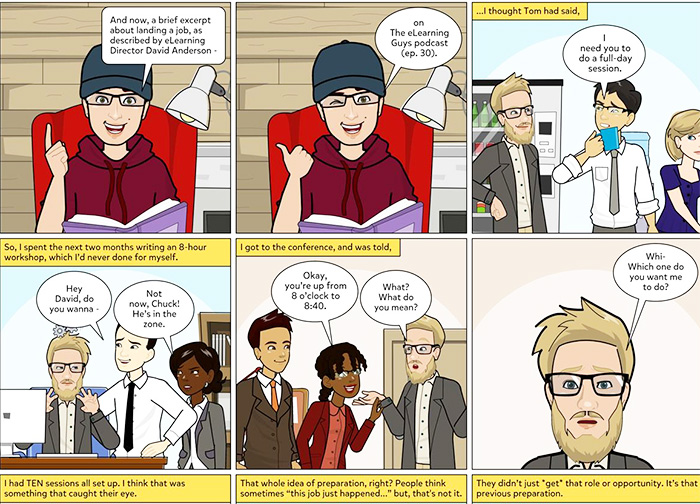
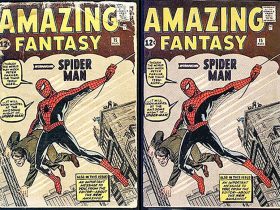
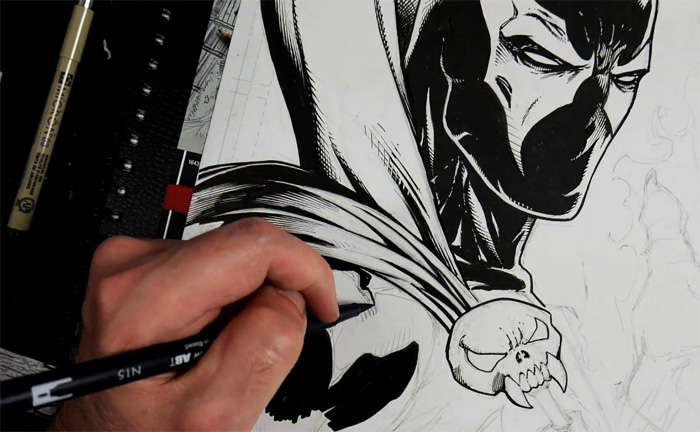
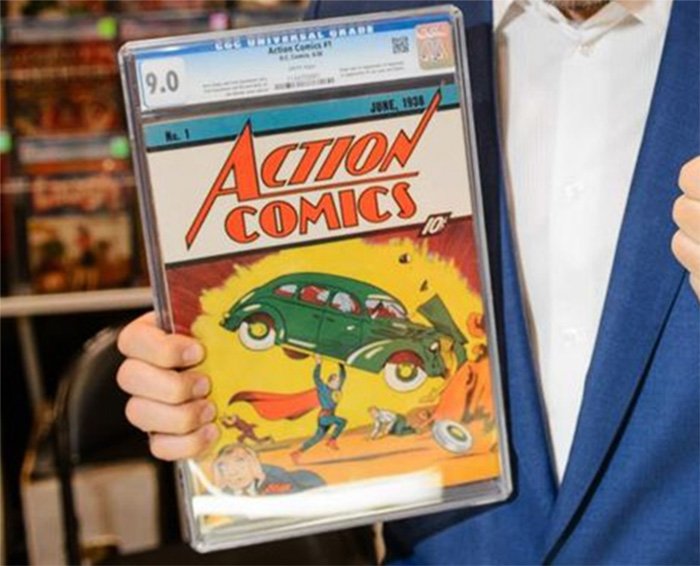
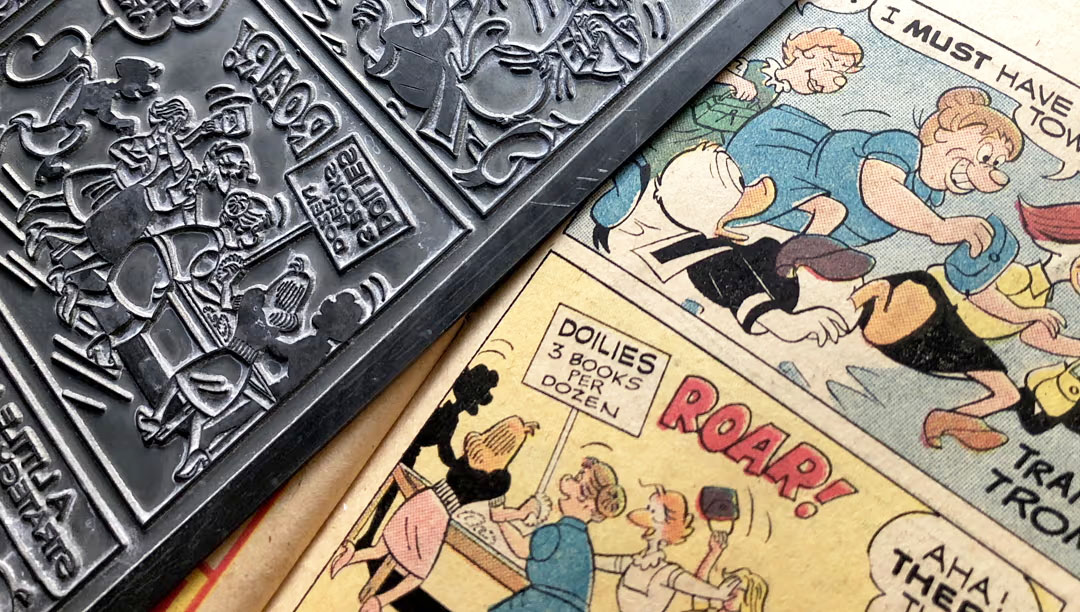
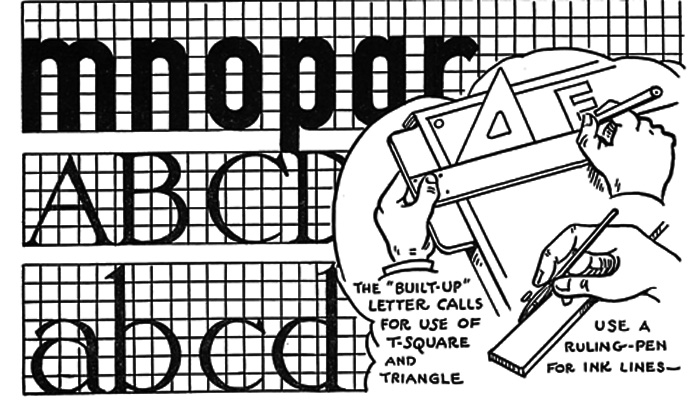

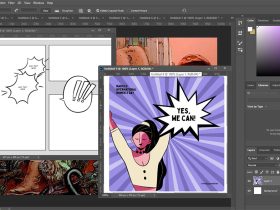
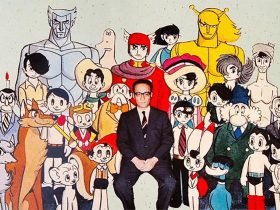
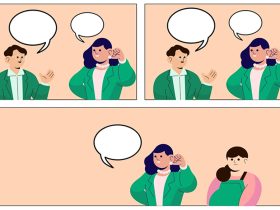
Leave a Reply